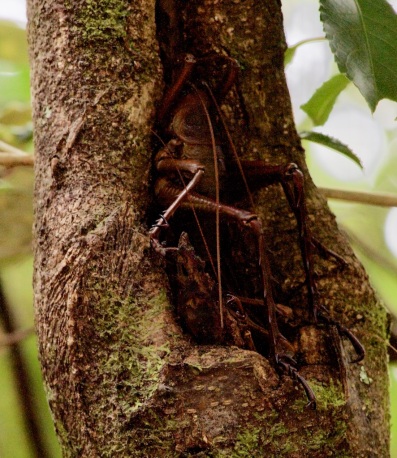When the weather gets hot we can easily change our clothes. In summer we can visit the beach or the local swim pool to cool off and in winter we wear extra layers – puffer jackets filled with feathers or several layers topped by warm, woolly jumpers. Animals don’t usually have those options.
When you grow your own fur onesie it’s not that easy to strip down. Birds can use their fluffy down to line their nests and keep their chicks warm at night but not all birds have nests lined with feathers or sheltered from the blazing sun by leafy green shade. Lots of sea birds just use a shallow scrape in the sand and their young are exposed to sun, rain, predators, king tides and stormy winds.
Feathers might keep birds warm in winter but feathers become tattered, lose their waterproofing or their ability to keep birds in the air. Some birds loose their feathers one or two at a time and grow replacements without it affecting their day to day activities, a bit like us loosing hairs when we brush our locks.
For other species moulting is a big deal. They must find a safe place to hide while they discard old feathers and grow new ones. Ducks, geese and swans moult after raising their new seasons brood. They can’t fly during this period and so wild birds often flock together for safety. They can still float so are mostly safe from predators.
Penguins have a much more difficult time. To prepare, they try to put on as much weight as they can before coming onto land and settling in the most sheltered, private spot they can find. Their loss of feathers is called a “catastrophic moult” as they replace almost all their feathers at the same time. Seals undergo this process by loosing their fur and reptiles, like snakes, cleverly shed their skin when they outgrow it.
During their moult penguins lose their waterproofing and can’t survive in the cold ocean. This means they don’t get to eat anything until they can return to the sea. Vulnerable (for example to dog attacks), they hunker down like hunched old men in shabby suits, looking and feeling miserable. By staying in one spot they conserve energy. This is when you are most likely to spot penguins during the day, amongst the tussock grasses and under scrubby bush while they wait for their new feathers to grow out and their old ones to fall out. I imagine their skin must feel very itchy and scratchy and their tummies empty. When birds are believed to be at risk, wildlife officers rescue them and release them in a safer location.
I’m glad I’m not a penguin and can change my jacket at will.
Photos S Parkinson The Catlins 2018


 I observed a young Australian magpie foraging in the leaf litter. Its parents watched from a distance. It did not yet have adult colours. This intelligent teenager was clearly curious, interested to learn about the world. It decided to inspect me close-up. Maybe it has already learnt that some humans are a source of free food.
I observed a young Australian magpie foraging in the leaf litter. Its parents watched from a distance. It did not yet have adult colours. This intelligent teenager was clearly curious, interested to learn about the world. It decided to inspect me close-up. Maybe it has already learnt that some humans are a source of free food. I also observed a NZ dotterel (tūturiwhatu), which approached me with steely determination, his eyes fixed on mine. I realised that it was challenging me to turn back. I felt as if we were communicating or at least that the tūturiwhatu was making a statement I understood.
I also observed a NZ dotterel (tūturiwhatu), which approached me with steely determination, his eyes fixed on mine. I realised that it was challenging me to turn back. I felt as if we were communicating or at least that the tūturiwhatu was making a statement I understood.







 Later when I passed them again the chicks were all sheltering under a parent’s wings, which were draped over them like a snuggle blanket. The other still on guard duty nearby.
Later when I passed them again the chicks were all sheltering under a parent’s wings, which were draped over them like a snuggle blanket. The other still on guard duty nearby.












